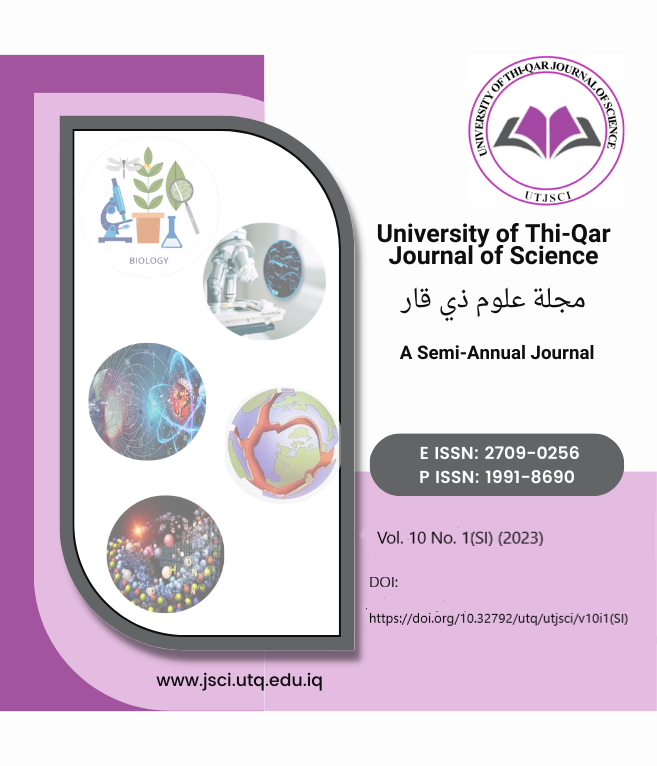A Biochemical Study of Infertile Women With and Without Polycystic Ovarian Syndrome in Basra City, Iraq
DOI:
https://doi.org/10.32792/utq/utjsci/v10i1(SI).968Keywords:
FSH, LH, LH/FSH ratio, Testosterone, polycystic ovarian syndrome.Abstract
Background: Polycystic ovary syndrome (PCOS) is a heterogeneous endocrine disorder that affects body systems and leads to reproductive and metabolic complications.Among women of reproductive age, it is considered as one of the main cause of infertility. The present study aimed to evaluate a biochemical hormones (FSH, LH, LH/FSH ratio and TESTO) of infertile women with and without polycystic ovarian syndrome in Basra City - Iraq, in order to know whether they represent biomarkers of polycystic ovarian syndrome.
Method:The present study included 60 patients infertile women (30 with PCOS and 30 without PCOS) aged between 16 to 40 years, which was admitted to Infertility and IVF Centre in Basra Hospital for Women and Children (IbnGhazwan) in Basra Government-Southern Iraq. A control group of 30 entirely healthy participants with an age range of (16 -40) years were considered. Body mass index was calculatedfor the two groups. There follicle stimulating hormone, luteinizing hormone and testosterone were measured using enzyme-linked immunosorbent assay. Software of SPSS 26 was used for the statistical analysis.
Results: The results of the present study showed a significant increase in each of (LH and LH/FSH) concentration in PCOS compared to the control. Moreover, the results illustrateda significant increase in patients without PCOS(LH and BMI)compared to the controls.
Conclusion: The study concluded that there is a significant increase in LH, LH/FSH levels in addition to BMI among women with PCOS and without PCOS compared to Fertile women.
Downloads
Published
Issue
Section
License
Copyright (c) 2023 University of Thi-Qar Journal of Science

This work is licensed under a Creative Commons Attribution 4.0 International License.













